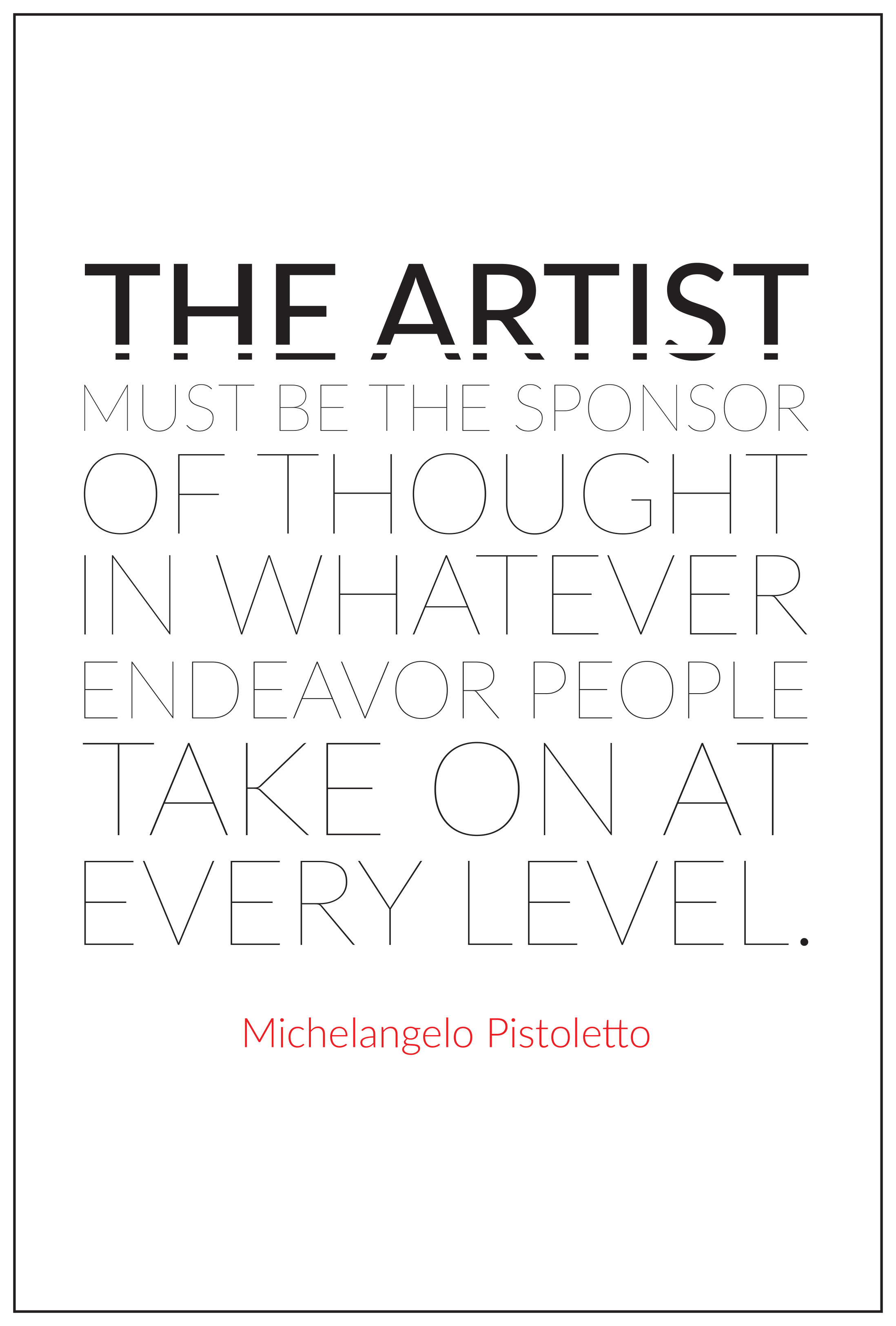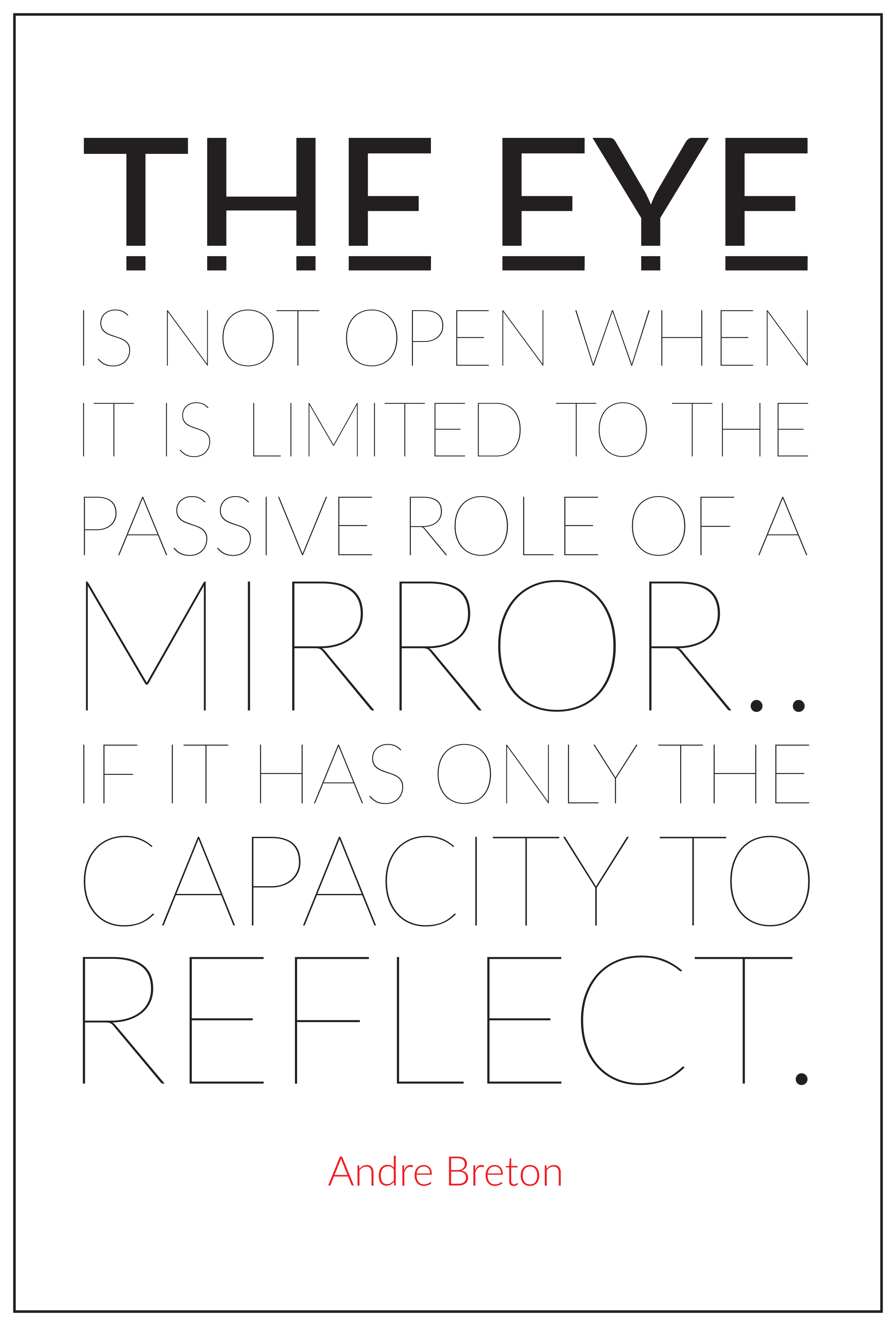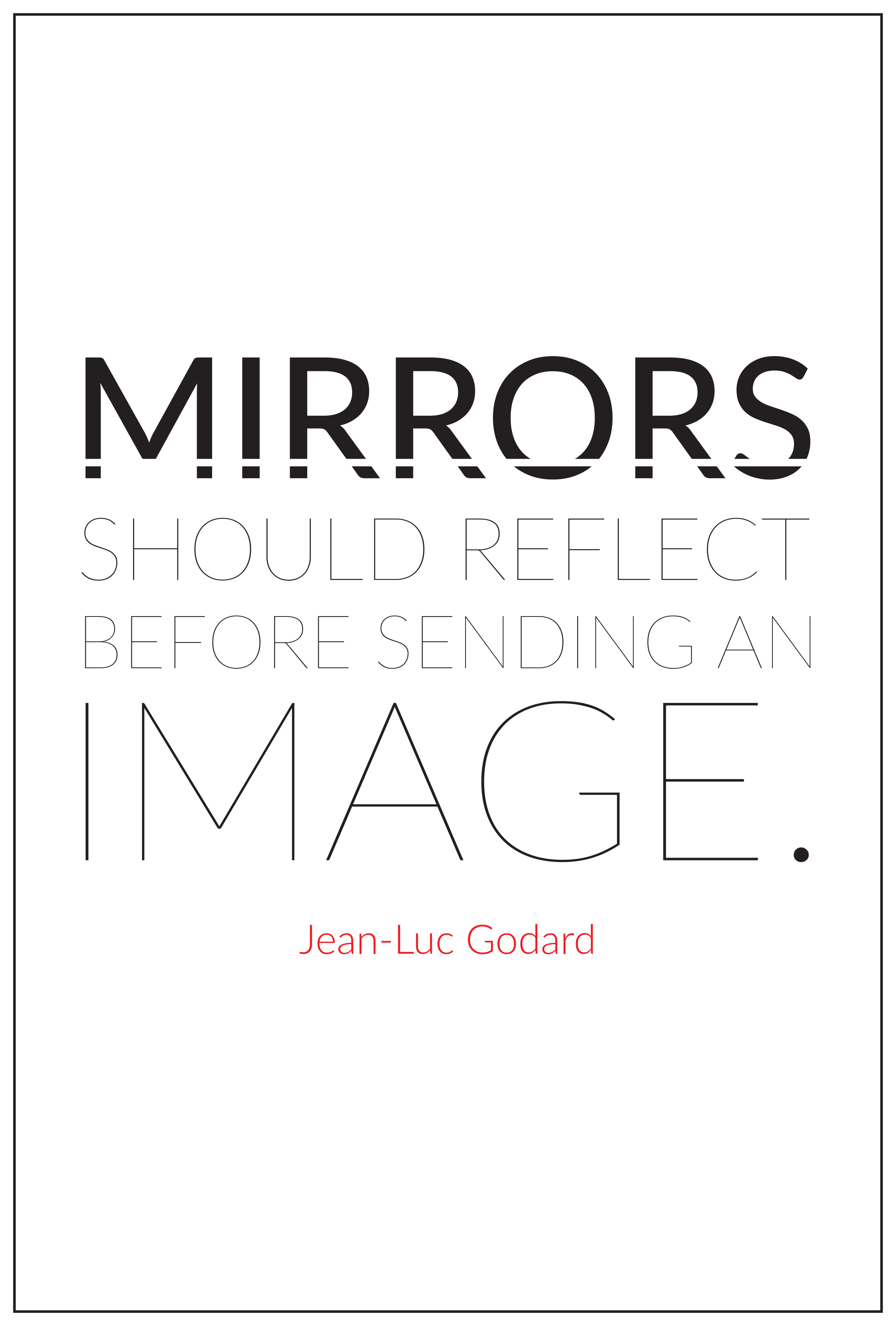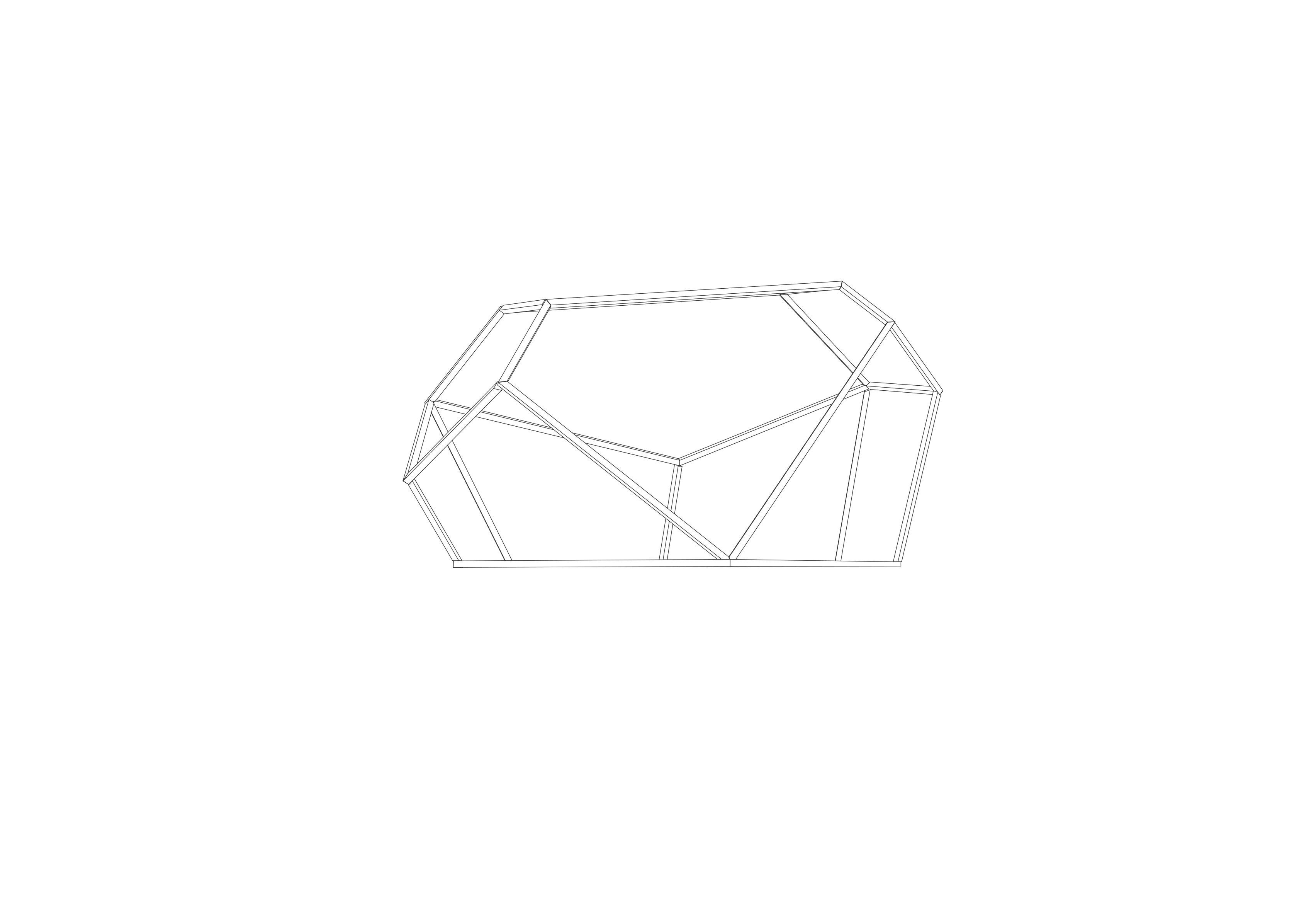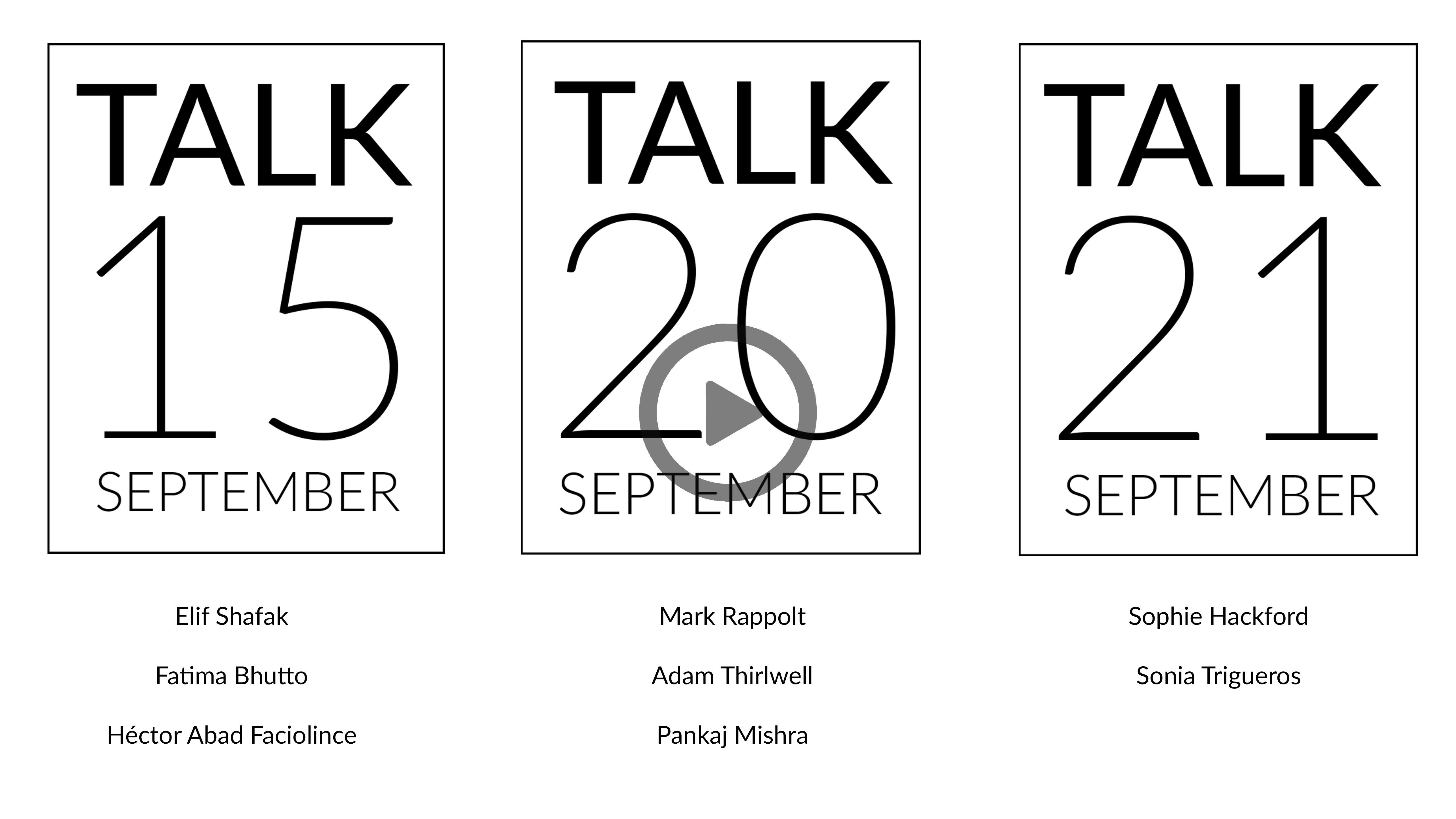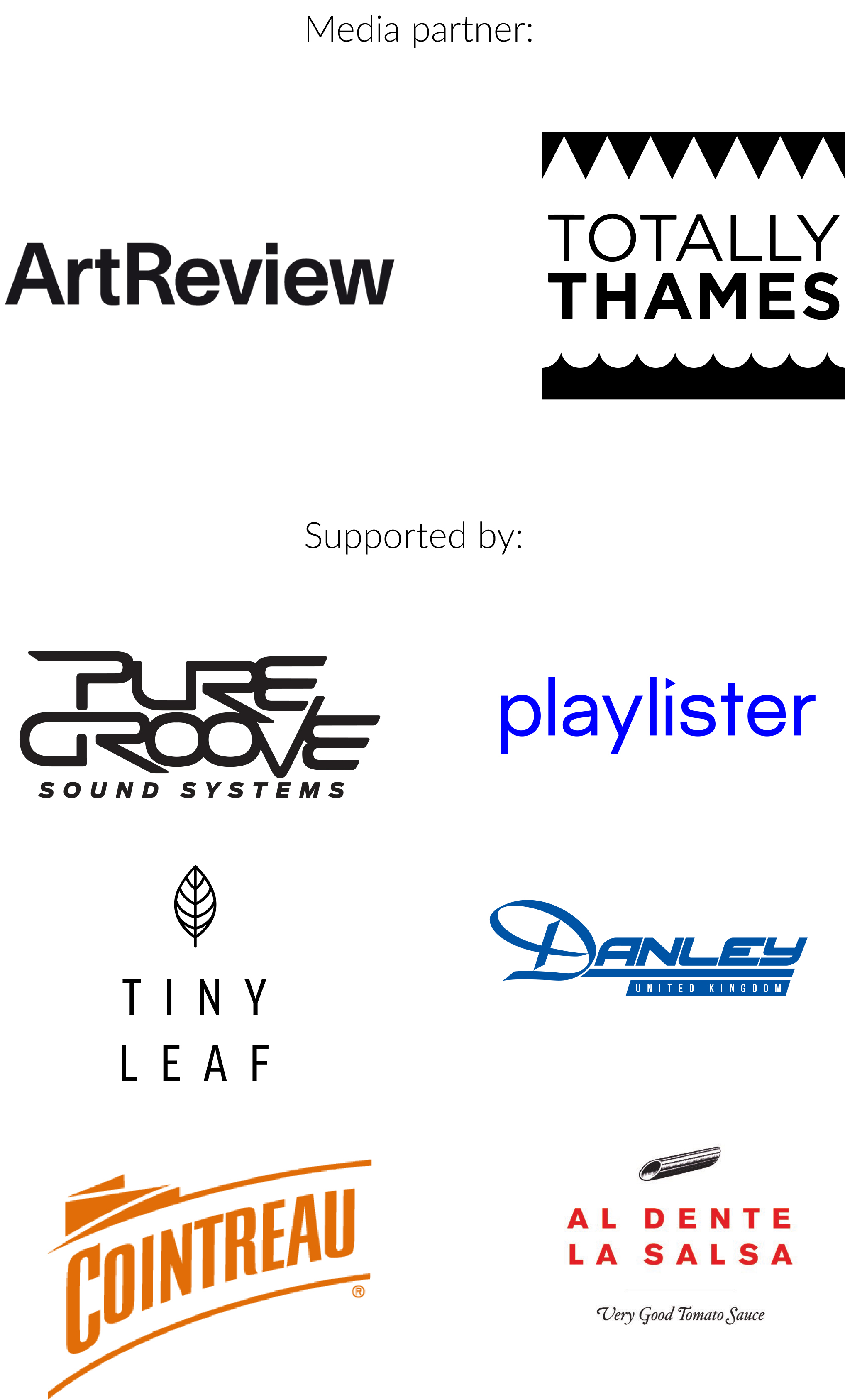
A new, immersive artwork that will travel through London along the Thames.
Fluxland is a new, interactive sound piece and space created for debate by the artist Cyril de Commarque and it will be coming to London for a programme of events launching in September 2016.
The artist, who has exhibited at MACRO in Rome and at the Venice Biennale, created Fluxland out of a former freight boat, to which he built a mirrored polyhedron sculptural form. The vessel will travel from north Holland to London where it will navigate the Thames, voyaging across the city as a series of artistic performances, and will eventually moor in a location accessible to the public. Eventually, the boat will move to other locations as a part of performances featuring sound installations. A space for debate and discourse, Fluxland is a pioneering project which invites us to consider and interrogate notions of progress through the intersection of art, philosophy and science.
De Commarque’s Fluxland is the culmination of de Commarque’s exploration of the idea of progress over the last decade. The boat will travel from its dock in a Dutch shipyard to London where, from its new vantage point, viewers will be able to board and experience the immersive artwork itself. From its mooring in Imperial Wharf, Fluxland will then make several journeys over the course of a week down the Thames, reflecting the passing buildings across its angled facets, creating a mesmerising mirror of the city, accompanied by a sound performance. Viewers will be able to watch these journeys and listen to the performances from the banks of the river.
Fluxland takes its name from the Fluxus movement, an artistic revolution in the 1960s that sought to overturn the art establishment and break down the boundaries between art and life. Central to the movement was the idea that art had the ability to advance and better society and that it was imperative that art was accessible to all.
De Commarque was inspired by Fluxus artist Joseph Beuys who stated: "I think art is the only political power, the only revolutionary power, the only evolutionary power, the only power to free humankind form all repression. I say not that art has already realized this, on the contrary, and because it has not, it has to be developed as a weapon, at first there are radical levels, then you can speak about special details". As an artist, de Commarque has worked with diverse media to explore both historical and contemporary conflicts and the capacity of philosophy to transcend and advance human existence.
Fluxland takes the form of a polyhedron, a shape which since the age of the great ancient Greek philosophers has inspired philosophical and artistic contemplation. During the Renaissance polyhedra and the mastery of geometry and perspective became symbolic of profound philosophical and religious truths. Similarly, de Commarque’s polyhedron represents a space for meditation, thought, invention and re-invention
